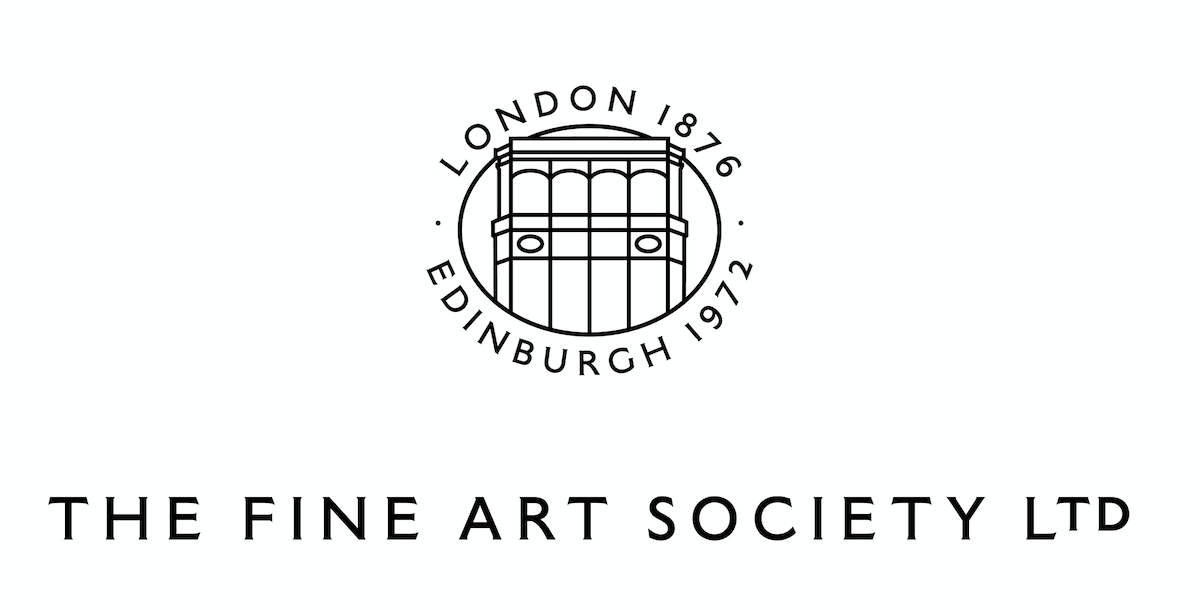The Glasgow Boys
When the Glasgow Boys rose to prominence in the 1880s, there was a sense of wonder at how a group of Scottish painters could hold such sway in the academies, salons and secessions of western Europe and North America. The group’s firm grasp on modernity brought a new lease of life to the mêlée of ‘fin de siècle’ styles. The suave modernity of Glasgow and the surrounding area was initially not a thing to celebrate. However, the Glasgow Boys placed themselves at the forefront of British art, primed to take on an aesthetic which signalled the beginnings of modernism in Scotland.
Their decision to root themselves in the country was undoubtedly a response to the creative surge from the Continent, which fundamentally changed the way that artists engaged with contemporary life. French Naturalist painter Jules Bastien-Lepage influenced every aspect of their practice and technique; they even adopted his use of broad two-inch brushes. His example of portraying lived experience, particularly rural, rather than urban, swiftly became the criterion The dual influence of Bastien-Lepage and the French Realist painter Gustave Courbet resulted in a renewed artistic conviction for The Boys: contemporary reality could only truly be revealed by depicting an unsentimental record of rural life.
















